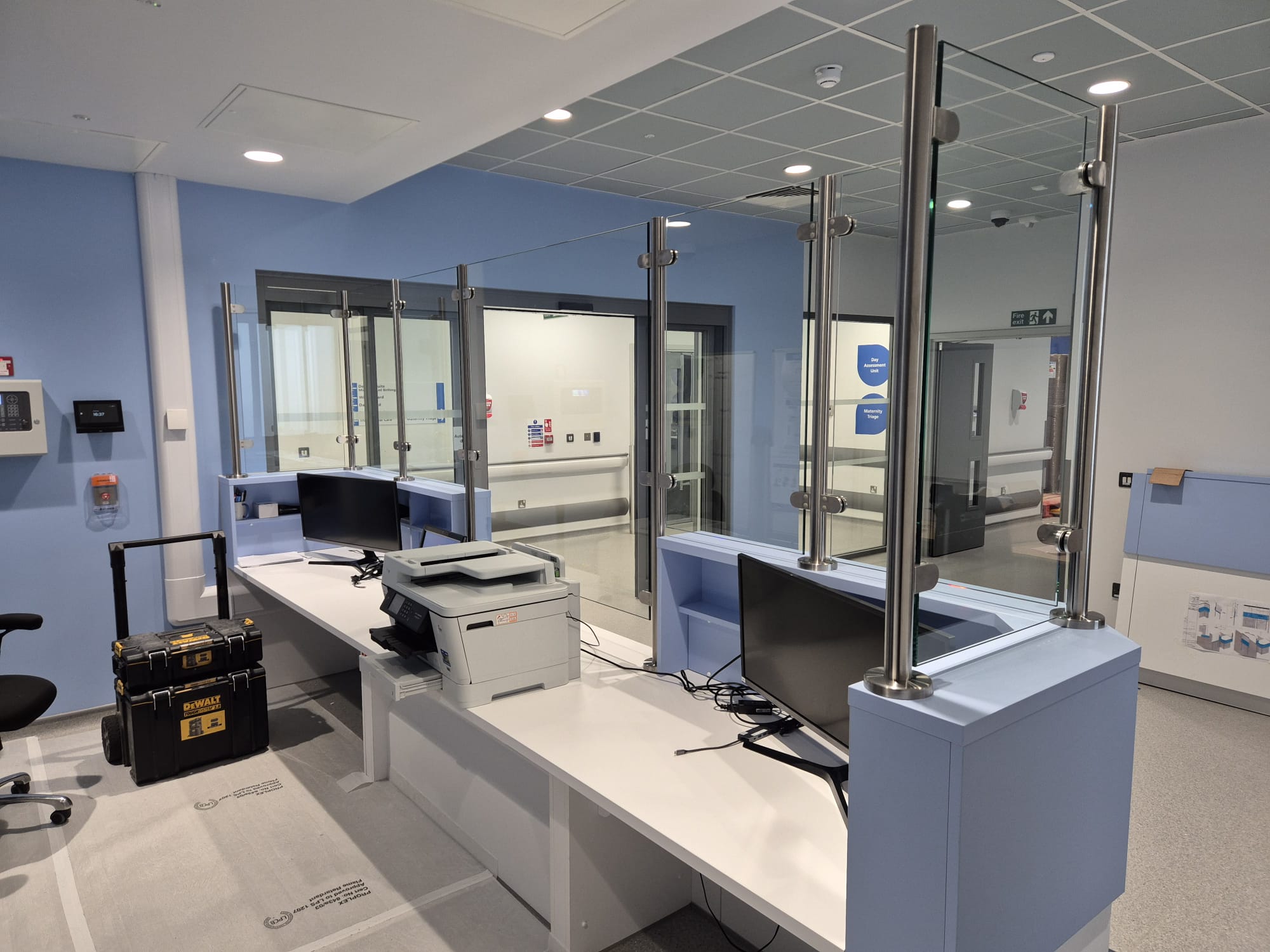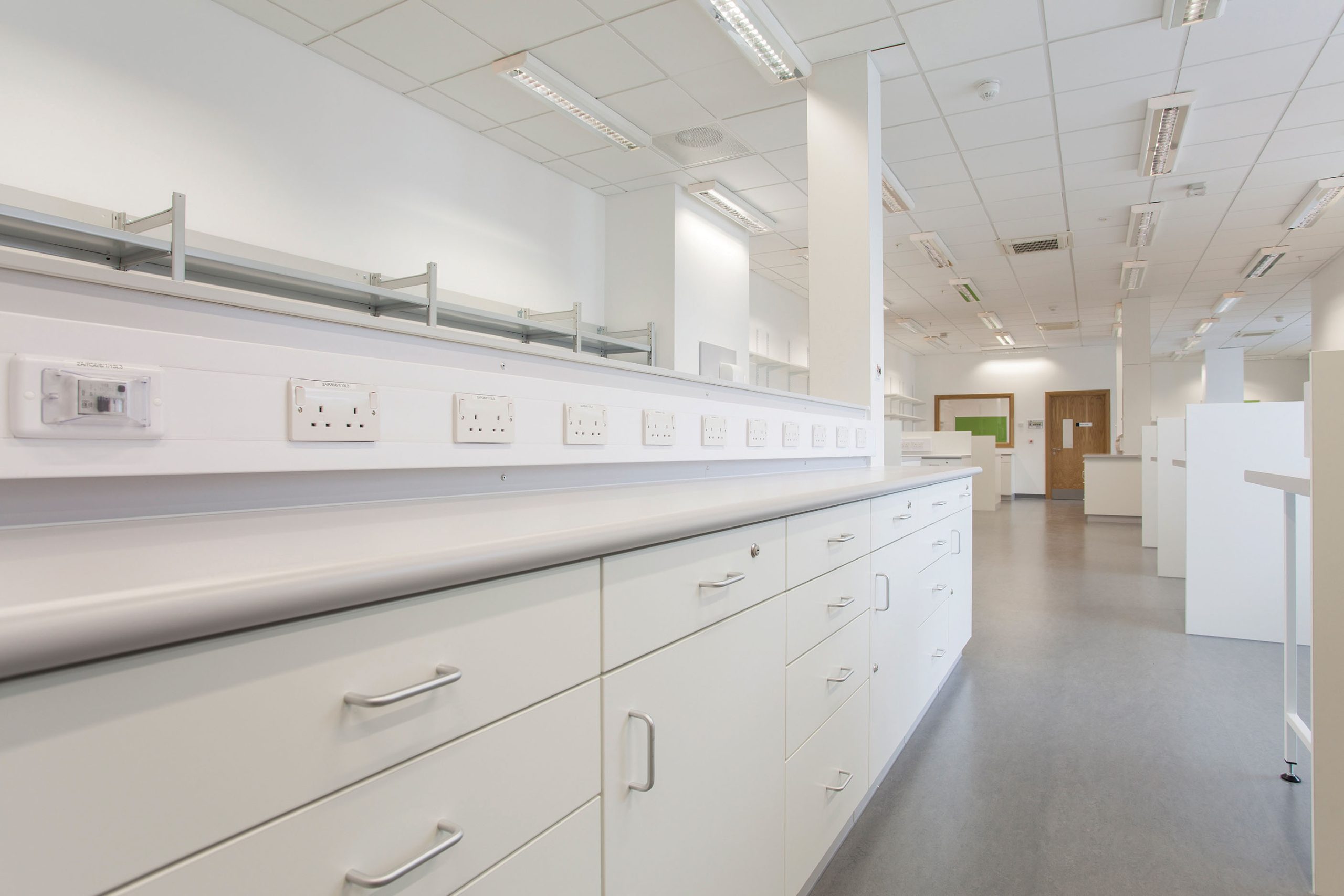The safety of NHS staff has become one of the most pressing challenges facing healthcare…

How do hospitals maintain good hygiene?
Take a moment to consider that hospitals are some of the fastest-paced environments imaginable. Doctors, nurses and support staff are fastidious at sanitising their hands after each and every patient encounter; there are stringent cleaning regimes in place across the hospital and relentless reminders throughout the corridors citing the dangers of spreading infections and the steps we can take to make a difference. We ask if good hospital hygiene can be easily maintained.
How can hospitals reduce the spread of infectious agents?
Environmental surface cleaning helps to reduce the spread of infectious substances in high touch areas. Surfaces should be visibly clean and free from potentially harmful infectious material. Action now will prevent problems later. Investing in infection prevention throughout the hospital environment will prevent additional expenses related to healthcare-associated infections in the future.
What can be done to ensure hospital environments are safe?
Whether designing a brand new hospital, re-designing a ward, or renovating waiting zones; designers, project managers and architects not only have to understand the potential risks facing those visiting these areas but use creative budgeting to ensure the most appropriate ‘property, plant and equipment’ can meet these exacting standards.
Health Technical Memorandum (HTM) 63 relates to hospital hygiene standards surrounding suspended base units and cupboards. Potentially harmful bacteria must be accessible for cleaning and fitted units should be high enough off the floor to allow wet cleaning underneath. HTM 71 standards apply to modular storage trays. Consumables can be stored in a well-designed, easy to clean tray system. Non-porous, polycarbonate trays which are easy to wipe down, help to support an effective cleaning regime.
Prevention is definitely better than cure!
Maintaining a hygienic environment is so much more than remembering to use the hand sanitiser as you enter the automatic doors to the hospital. The main focus for healthcare clinics and hospitals is always to provide the highest standard of care for the patient. This level of care extends to the clinical setting, the processes followed and the equipment used across wards and visitor areas. Broken or otherwise unsuitable equipment which can harbour bacteria and potentially affect the control of infections will ultimately impact patient safety.
Hospital hygiene – where to find out more
Read more and download brochures for our HTM 63 and HTM 71 compliant furniture ranges.
Read a short case study about the £300k fitted furniture contract we completed for Wexham Park Hospital’s brand new emergency department, including producing formed stainless steel worktops.
If you’re specifying health centre furniture or if you’d like to discuss a healthcare or hospital project, please get in touch.
As one of the UK’s leading manufacturers of fitted furniture for hospitals and healthcare facilities, we can design, manufacture and install furniture to meet your individual project requirements. Our healthcare furniture range is specified for all types of hospital refurbishment and new development projects, from NHS Trust premises to private hospitals. All our furniture is manufactured at our factory in Broadstairs, Kent, here in the UK.
Image: medic-hospital-laboratory-medical via Pixabay








